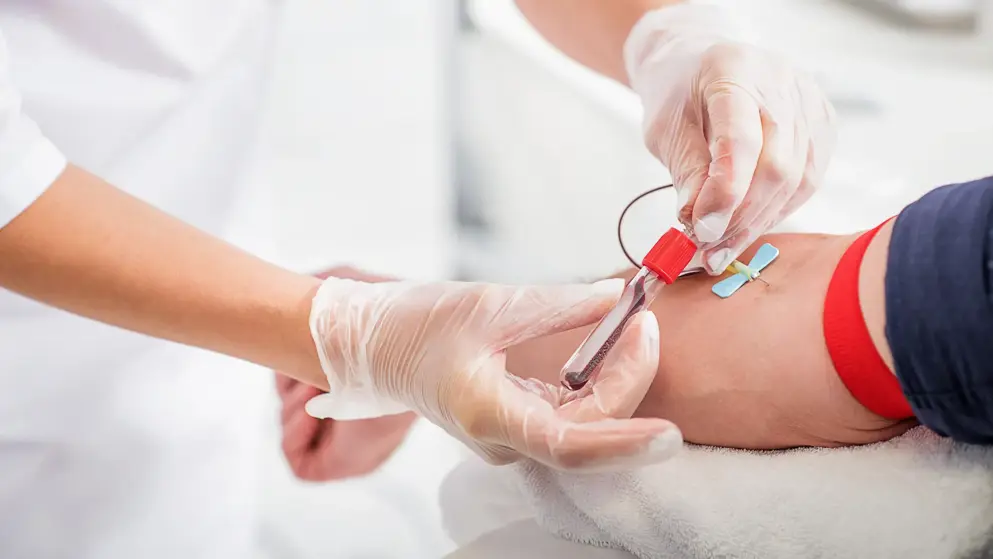Membranous nephropathy: current understanding of various causes in light of new target antigens
Membranous nephropathy: current understanding of various causes in light of new target antigens
Purpose of review: Membranous nephropathy is an autoimmune disease caused by antibodies mostly directed to podocyte antigens. PLA2R and THSD7A antigens were described in 2009 and 2014 using classical immunochemical techniques. In the last 2 years, thanks to the combination of laser microdissection of glomeruli and mass spectrometry of solubilized digested proteins, several antigens associated with various causes have been described in patients with membranous nephropathy. The purpose of this review is to report on those "new" antigens and to analyse the clinicopathological correlations that make each of this antigen unique.
Recent findings: This article covers the literature of the last 2 years devoted to the description of those new antigens and biomarkers including NELL-1 and Semaphorin 3B in primary membranous nephropathy, and exostosins 1 and 2 and NCAM in lupus class V membranous nephropathy, which will be compared with the previously described antigens. These findings will lead to propose a new classification of membranous nephropathy based on serology and tissue antigen identification that could/should substitute for the classical distinction between primary and secondary membranous nephropathy.
Summary: The discovery of the latest antigens has major implications for the care of patients with membranous nephropathy as they drive the etiologic investigations and provide invaluable markers for treatment monitoring.
Read abstract on library site Access full article




